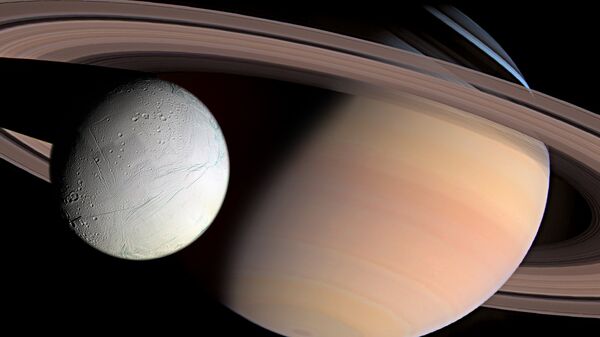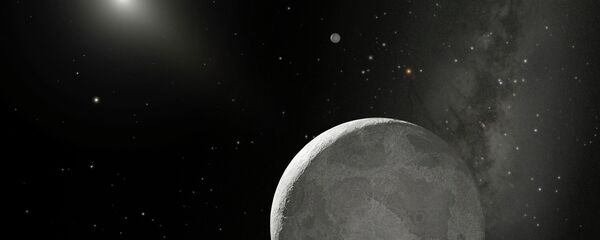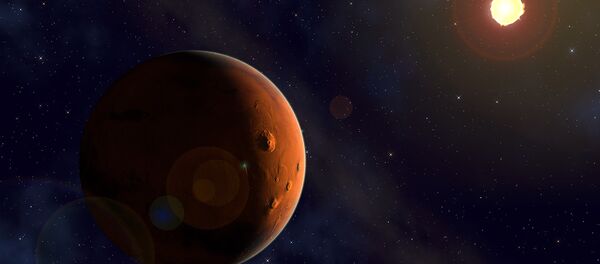Astrobiology: Alien Life on Europa, Enceladus, & Ganymede — http://t.co/sWK8P26SDG — #Space #NASA pic.twitter.com/bu51XAoeRK
— Quarks to Quasars (@QuarksQuasars) August 30, 2015
While the exploration of Jupiter’s satellite Europa is already scheduled for the early 2020s, the fate of a flyby around Saturn’s moon Enceladus remains more uncertain, according to Space.com, though researchers hope a probe will be launched by 2021.
What’s key is that, according to experts, both Europa and Enceladus have the best chances among all Solar System bodies for hosting life, as they both possess underground oceans.
William Herschel discovered Enceladus, a moon of Saturn, #otd 1789. (image from @CassiniSaturn, 2008) pic.twitter.com/JsoouzXNuR
— Charles Bergquist (@cbquist) August 28, 2015
Is There Life on Saturn Moon #Enceladus? http://t.co/XXTDxZYDGH pic.twitter.com/1m1sYPkGma
— CosmosUp (@CosmossUp) August 25, 2015
NASA’s Enceladus Life Finder (ELF) project seeks to gather samples from the purportedly habitable oceans without even landing on the surface of the moon. There are geysers throwing a mix of water ice, salts, and carbon-containing organics from underneath the icy shell of Enceladus, and Saturn’s gravitational field forms plumes that aren’t dissolved in space.
Sampling Enceladus: plumes that could enshrine life http://t.co/048W3YVj3o cc: @elakdawalla @exploreplanets @esa pic.twitter.com/WPtfPjU493
— Massimo (@Rainmaker1973) August 30, 2015
Enceladus lit by the sun on left & #Saturn on right, with ocean jets shooting out below. Wow! http://t.co/X1JMNQYUTz pic.twitter.com/Bw4D1ceH8V
— Corey S. Powell (@coreyspowell) August 27, 2015
Cassini Found 101 Geysers, Water Coming Upward From Enceladus's Underground http://t.co/NvygSrlQzN #space #Tech pic.twitter.com/6chEOQ7o73
— The Tech Journal (@TheTechJournal) August 26, 2015
"It's free samples," Cornell University’s Jonathan Lunine, who is also ELF’s concept principal investigator, said of the plumes. "We don't need to land, drill, melt or do anything like that."
According to Lunine, two mass spectrometers carried by ELF will study the samples, one analyzing gaseous plume molecules and the other solid grains, while mission scientists will use testing results to check for the possibility of life.
"Positive results for all three would strongly argue for life within Enceladus," the ELF team wrote in a paper presented at the 46th Lunar and Planetary Science Conference, held in March in The Woodlands, Texas.
ELF still has to beat out around a dozen other mission drafts to be realized within NASA’s Discovery Program.
"We think we have the highest chance of success of getting an indicator of [alien] life for really any mission at this point," Lunine told Space.com.



